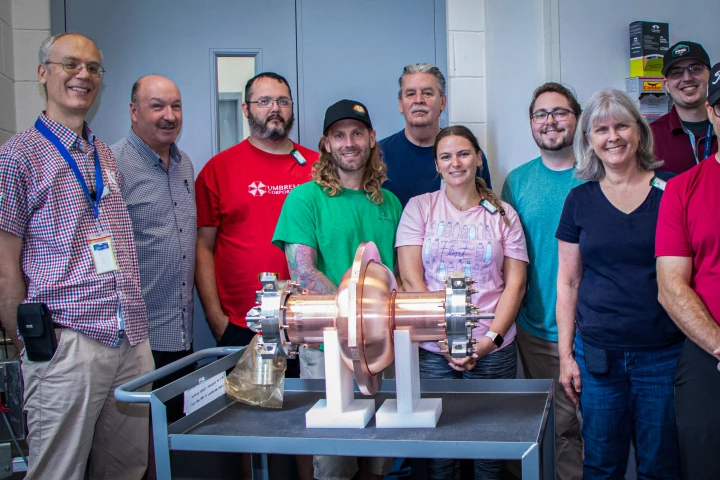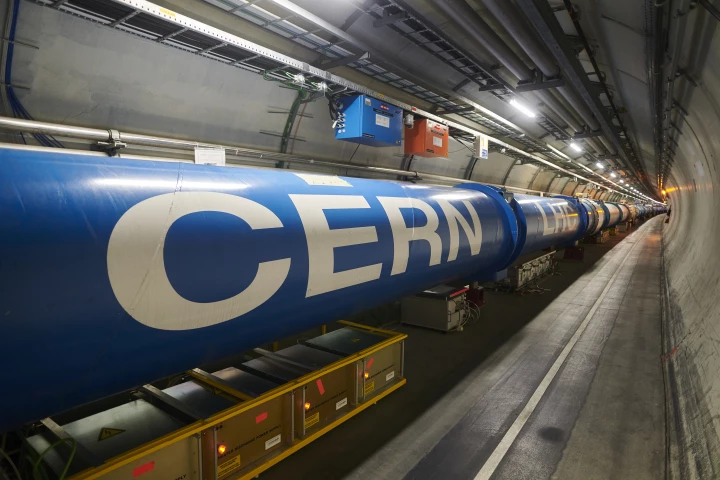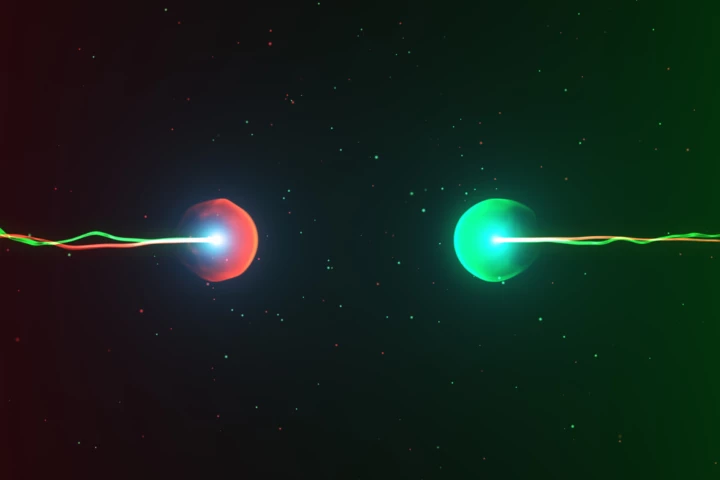Large Hadron Collider
-
In studying the conditions that emerged just after the Big Bang using the Large Hadron Collider, scientists turned lead into gold – for just fractions of a second. Not a whole lot of gold, but gold nonetheless.
-
Professor Peter Higgs has died aged 94. The theoretical physicist was best known for his prediction of a key elementary particle, the Higgs boson, which earned him the 2013 Nobel Prize in Physics soon after its discovery.
-
Using off-the-shelf industrial parts, a team of researchers from the public and private sectors has created a prototype of a small particle accelerator that could have a big impact bringing the technology forward for commercial applications.
-
This month marks the 10th anniversary of the discovery of the Higgs boson. But what exactly is this particle, and why is it so important? What has it taught us in the last decade – and more importantly, what could it teach us in the next decade?
-
The Large Hadron Collider (LHC), the largest and most powerful particle accelerator ever built, is ready to renter service after a three-year overhaul and refit. On April 22, two proton beams were sent around the the 27-kilometer-long ring.
-
A collaboration of physicists has made the most precise measurement of the mass of the W boson. The new measurement of this key particle differs drastically from the Standard Model's predictions– and it may unravel physics as we know it.
-
CERN physicists have measured the life of the Higgs boson with greater accuracy than ever before. Since the legendary particle only lives for a tiny fraction a second, the scientists came up with a creative workaround to calculate the new figure.
-
Physicists have detected “ghost particles” in the Large Hadron Collider for the first time. An experiment called FASER picked up signals of neutrinos being produced in particle collisions, which can help scientists better understand key physics.
-
Normal matter has an “evil twin” that annihilates on contact, and despite decades of study antimatter remains very mysterious. So what actually is it? Where is it? Why is it important to understand? And why hasn’t it already destroyed the universe?
-
A subatomic particle has been found switching between matter and antimatter, in Large Hadron Collider data. It turns out an unfathomably tiny weight difference between two particles could have saved the universe from annihilation soon after it began.
-
After a two-year shutdown for repairs and upgrades, CERN’s Large Hadron Collider is beginning to fire back up. The newest particle accelerator, Linac 4, completed its first test run over the past few weeks, and will produce much more powerful beams.
-
It’s been calculated that dark matter is around five times more common than regular matter – and yet, we still haven’t directly detected it. Now CERN has joined the hunt, testing whether the famous Higgs boson could decay into dark matter.
Load More











